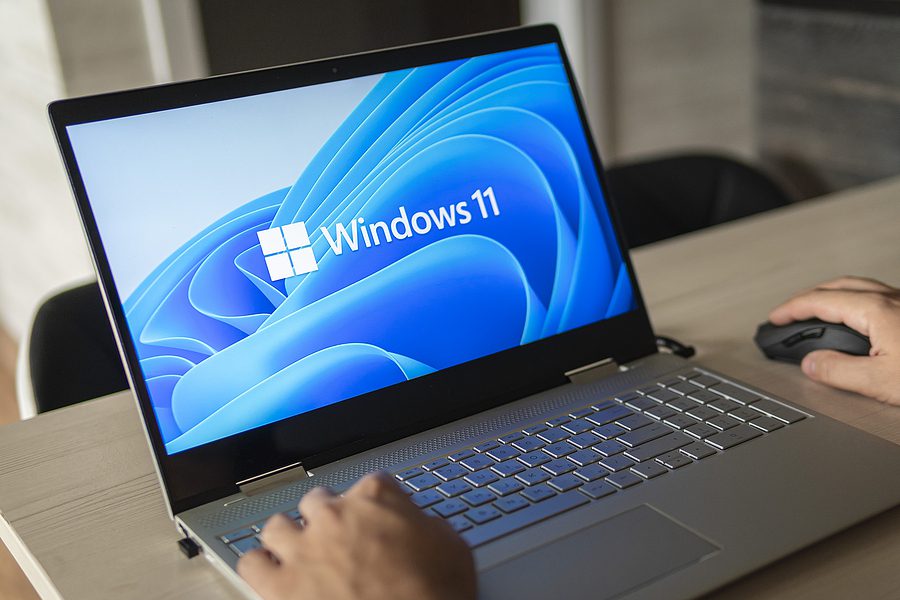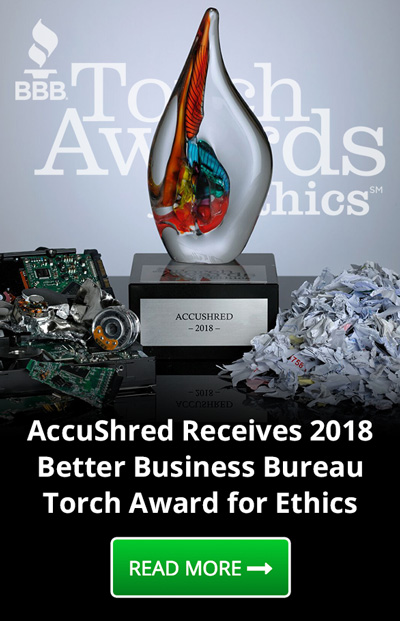Managing Risk as Windows 10 Reaches End-of-Life
The clock is ticking. On October 14, 2025, Microsoft will officially stop supporting Windows 10. While that date may seem far off, waiting too long to prepare can turn a routine software change into a serious business risk. Without regular security updates and patches, systems still running Windows 10 will become easy targets for cybercriminals, and the consequences can be severe for businesses in regulated industries.
From data breaches and compliance violations to financial penalties and reputational damage, the fallout from ignoring this deadline could be significant. The end of Windows 10 support isn’t just a technical change—it’s a leadership decision. And the sooner that decision is made, the better your organization will be protected.
Why Waiting Is a Risk
When Windows 10 reaches end-of-life, Microsoft will stop providing updates that protect against new vulnerabilities. Any security flaws discovered after that date won’t be fixed. That creates a perfect opportunity for hackers who understand that many organizations may miss the deadline.
That’s not just a cybersecurity issue—it’s a compliance one. Many regulatory frameworks require up-to-date security protections, including HIPAA, PCI-DSS, and GLBA. Running outdated software could leave your organization out of compliance, opening the door to fines and legal consequences. Even worse, it may leave sensitive client data exposed.
For businesses that handle regulated data, the stakes are even higher. Auditors and regulators won’t accept “we didn’t have time” as a valid excuse. It’s up to leadership to make sure company systems are secure, compliant, and ready for what’s ahead. The longer you wait, the more expensive and stressful the transition becomes.
Windows 11 Isn’t Optional—It’s Inevitable
Moving to Windows 11 isn’t just about getting the latest interface. It’s about staying protected in a rapidly evolving threat landscape. Windows 11 includes stronger built-in security features, improved encryption, and better integration with modern hardware—advantages especially important in environments that manage sensitive or regulated data.
Some older devices may not meet Windows 11’s system requirements, which means this transition may also involve hardware upgrades. That’s why waiting too long can be dangerous. Budgeting, planning, and executing a complete system migration takes time and resources. By starting now, you give your team the space to test, train, and avoid disruption.
What If You Can’t Upgrade in Time?
Not every organization can make the switch to Windows 11 right away. Some rely on legacy applications that aren’t compatible with the new operating system. Others may face budget constraints or staffing limitations that slow the rollout.
If you fall into that category, there is an interim option—Microsoft’s Extended Security Updates (ESU) program. This provides paid access to critical security patches for Windows 10 beyond the end-of-life date. While it’s not a long-term solution, it can buy you extra time to complete your upgrade without exposing your systems.
That said, ESU isn’t a way to avoid the transition. It’s a temporary safety net. The goal should still be a full migration to Windows 11 as soon as it’s practical. Waiting to start planning will almost always lead to rushed decisions, overlooked vulnerabilities, and unnecessary risk. Proactive planning today can prevent reactive scrambling later.
Secure Disposal Matters Just as Much as the Upgrade
Upgrading your operating system often means replacing devices that can’t support it. That’s where secure IT asset disposition (ITAD) becomes a key part of the conversation. Old laptops, desktops, and servers may still contain sensitive data. Simply wiping a hard drive or tossing a device in the trash might not be enough.
If data is recovered from an improperly discarded device, your company could face data breach notifications, financial penalties, and a damaged reputation. That’s why secure, certified destruction is so important. It’s not just good practice—it’s an essential step in protecting your business from unnecessary liability.
Make sure your ITAD process includes proper tracking, documentation, and physical destruction methods that meet your industry standards. Working with a reliable partner makes this process straightforward and will help you avoid surprises later. A strong ITAD plan closes the loop on your upgrade strategy and strengthens your overall security posture.
Take Action Before the Deadline Sneaks Up
No single solution works for every business, but the need to act is universal. Whether you’re managing a few workstations or overseeing hundreds of devices across multiple locations, the risks tied to Windows 10’s end-of-life apply to everyone.
Here’s what you can do right now:
• Begin the migration to Windows 11. Identify which devices are ready to upgrade and which need to be replaced. Start planning your rollout in phases.
• Evaluate your compatibility gaps. If you rely on legacy software, test its functionality on Windows 11 or explore alternative solutions.
• Use Extended Security Updates only as a short-term fallback. It’s a stopgap, not a strategy.
• Audit your existing devices. Any equipment that won’t make the cut should be included in your ITAD plan.
• Work with a certified ITAD provider. This helps prevent data exposure and gives you proper documentation for compliance purposes.
Cybercriminals won’t wait—and neither should you. Every device still running Windows 10 after support ends is a risk waiting to happen.
The organizations that take this seriously now are the ones that will avoid disruption later. This isn’t about chasing the latest tech trend. It’s about protecting your data, your operations, and your reputation.
Need help with secure device disposal as part of your Windows 10 upgrade plan? Contact AccuShred to safeguard your retired devices and reduce compliance risk.








